
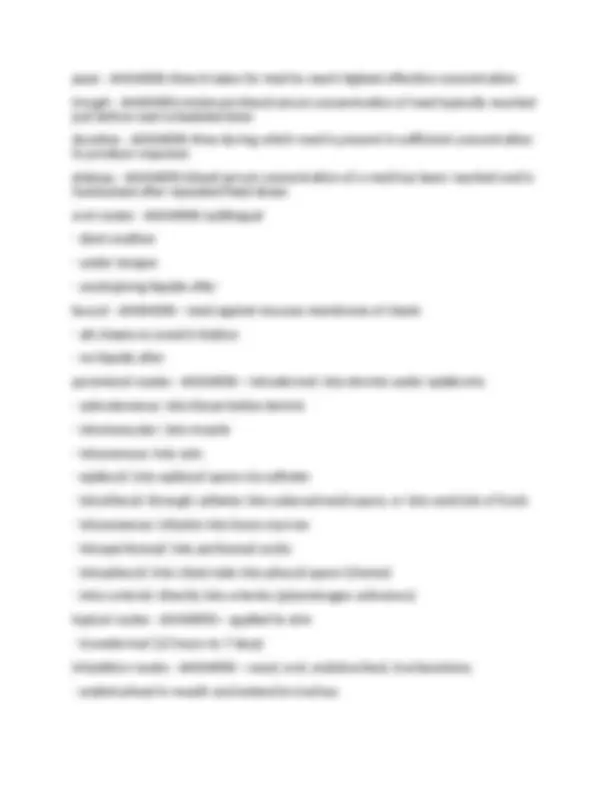
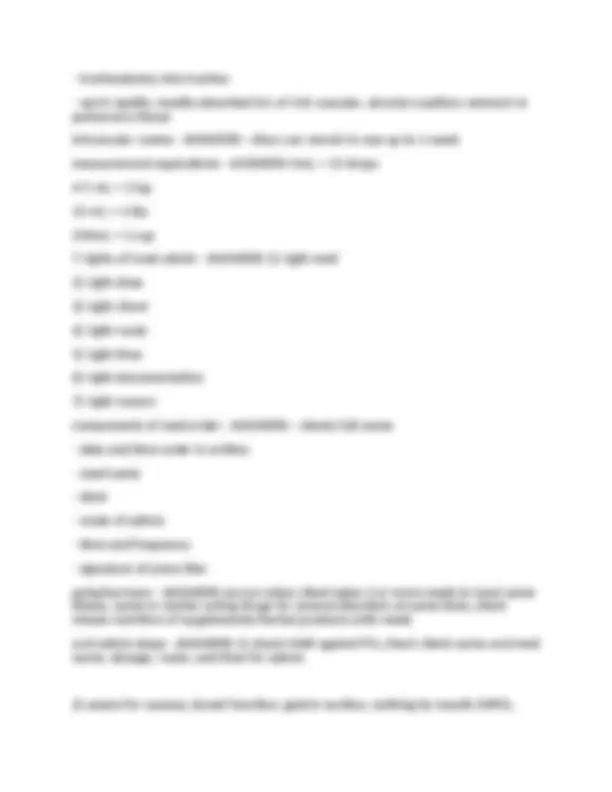
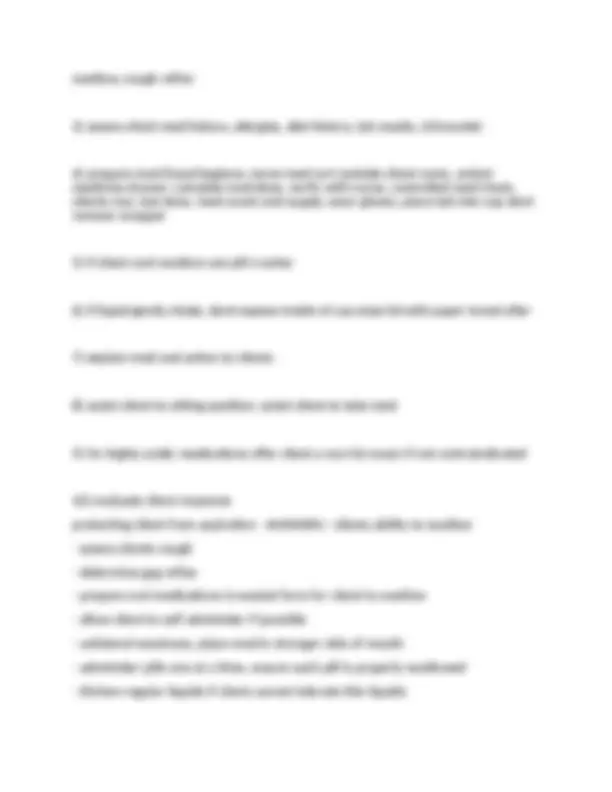
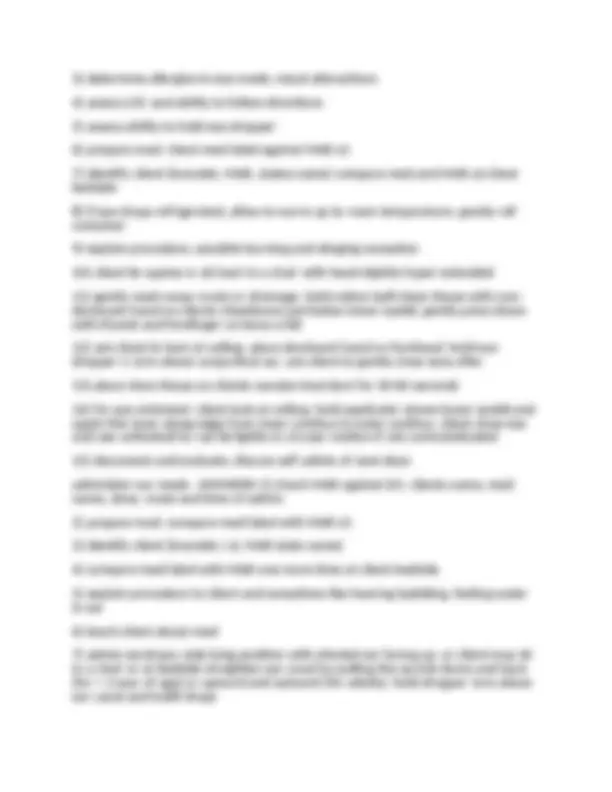
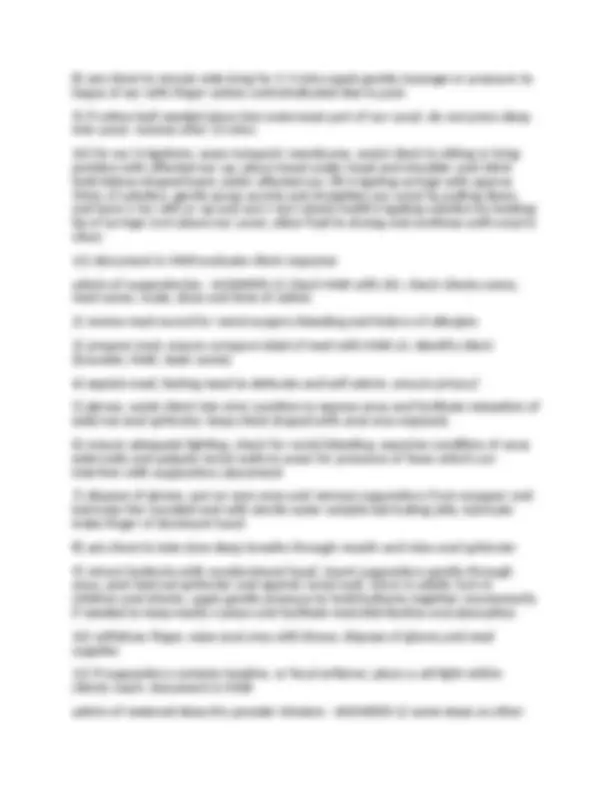
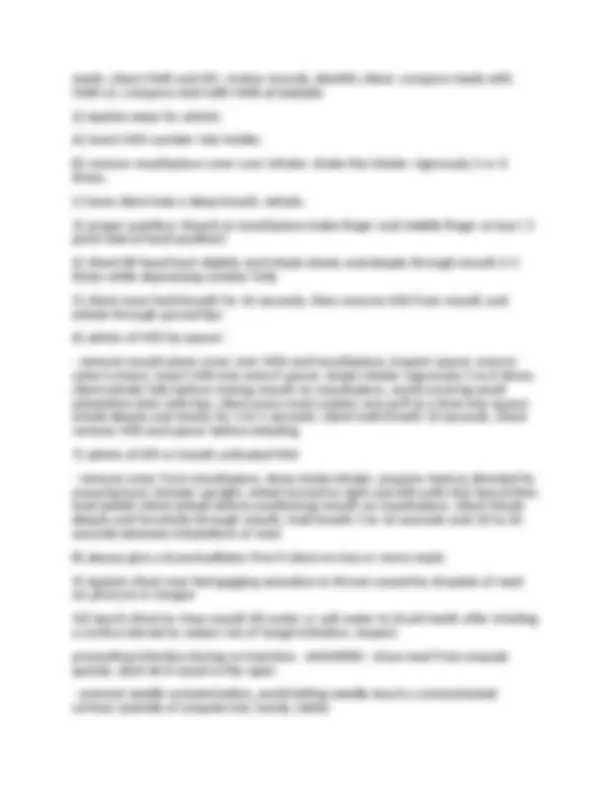
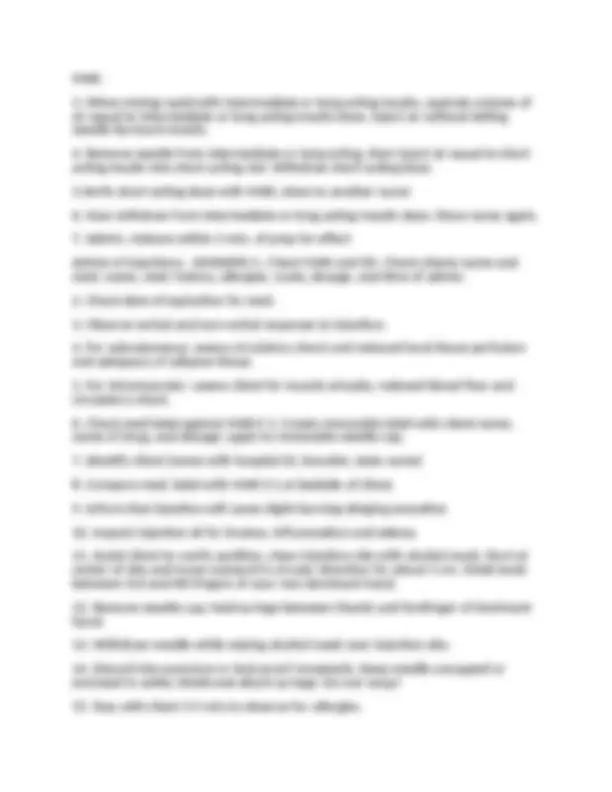
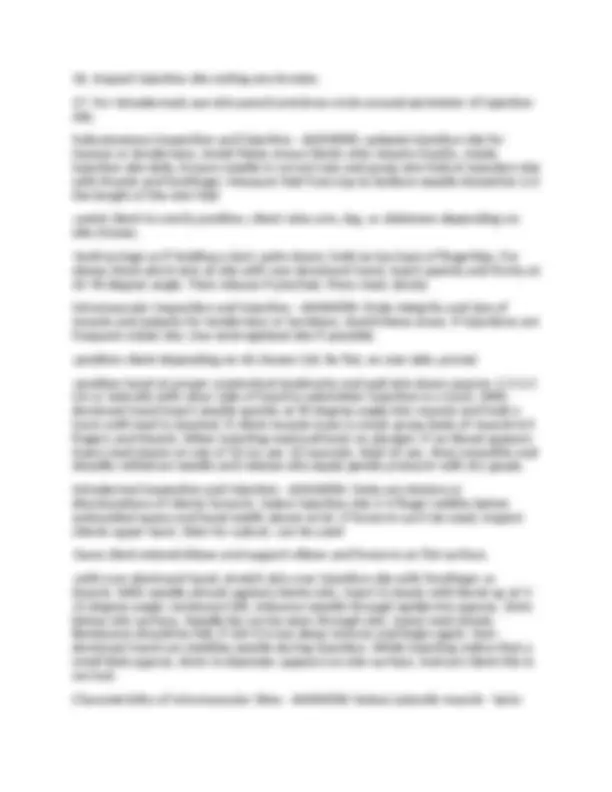
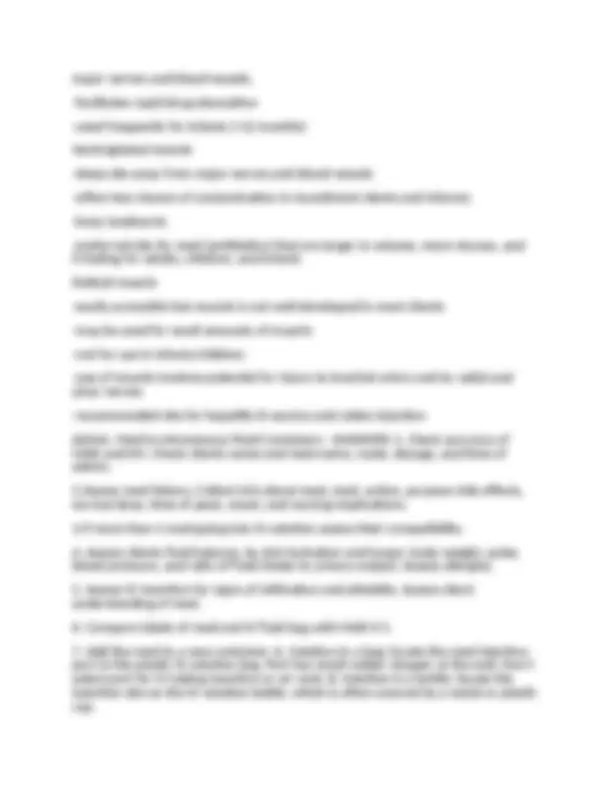


Study with the several resources on Docsity

Earn points by helping other students or get them with a premium plan


Prepare for your exams
Study with the several resources on Docsity

Earn points to download
Earn points by helping other students or get them with a premium plan
Community
Ask the community for help and clear up your study doubts
Discover the best universities in your country according to Docsity users
Free resources
Download our free guides on studying techniques, anxiety management strategies, and thesis advice from Docsity tutors
NFDN 1002 Unit 2 Questions With Complete Answers 2025 Latest Update Graded A+ Pass. NFDN 1002 Unit 2 Questions With Complete Answers 2025 Latest Update Graded A+ Pass.
Typology: Exams
1 / 16

This page cannot be seen from the preview
Don't miss anything!










forms of oral meds - ANSWERS-solid c caplet, capsule, tablet, enteric-coated pill, liquid (elixir, extract, aqueous solution, suspension) other (trache (lozenge) aerosol, sustained release capsule) forms of topical meds - ANSWERS-ointment (salve/cream) liniment lotion paste transdermal patch forms of parenteral meds - ANSWERS-- solution (contains water with dissolved medical compounds)
factors affecting excretion - ANSWERS-- kidney function (med toxicity)
swallow, cough reflex
tenderness
meds. check MAR and DO. review records. identify client. compare meds with MAR x3. compare med with MAR at bedside